The last time you drank milk from a human, you probably were a baby. But that doesn’t mean it couldn’t be the nourishing, life-affirming food source you’re looking for. Even as an adult.
What does breast milk taste, smell and look like? What would be the risks of this diet? And how many women would be required to keep you alive?
It’s no surprise that breastfeeding is highly beneficial for babies. Human milk can protect against infections. It reduces the rates of adult health problems like asthma, obesity and diabetes. And it’s beneficial for mothers too. It lowers the risk of breast and ovarian cancer.
It also contains whey protein, healthy fats for brain development and is a primary calorie source for the little ones. But could it replace all the meals in your diet?
Since it’s been a while, there’s a good chance you’ve forgotten what human milk tastes like. And you may not have a memory of what it looks or smells like either.
If you are expecting the consistent creamy white of cow milk, be prepared for a surprise. Depending on what the mother eats or drinks, milk could be white, yellow, blue or even pink.
If you happen to like almond milk with a heavy dose of sweetener, you’re in luck. That’s how the taste of human milk is often described. And it smells like cow milk, only milder and sweeter.
Doesn’t sound so bad. But how much of it are you prepared to drink?
As an adult, you require 2,000 to 3,000 calories per day. On top of that, you should be eating foods that supply you with carbs, fats, proteins and fibers. It’s recommended you consume 225 g (0.49 lb) of carbohydrates, 67 g (0.15 lb) of fat, 50 g (0.11 lb) of protein and 28 g (0.06 lb) of fiber every day.
Let’s see how your new diet would satisfy these basic requirements. In every liter (0.2 gal) of human milk, there are around 650 calories. So, to meet your daily calorie requirement, you should be ready to drink up to 3 L (0.66 gal) of the stuff.
But unfortunately, breast milk is not as rich in protein as dairy. So 3 L (0.66 gal) of breast milk might not be enough to satisfy that need. There’s 13 g (0.2 lb) of protein per liter of human milk. So you’d need to drink 3.8 L (0.83 gal).
But that would double your recommended daily intake of fats because breast milk is rich in those. There is one thing you would lack from this diet. Fiber. There’s no fiber in milk because fiber comes from plants.
Fiber is essential. It affects everything from your skin to your gallbladder, heart and immunity. Fiber plays a significant role in keeping your digestive tract healthy too.
With your new diet, you’d have to get used to some severe constipation. All in all, you’d want to drink about 4 L (0.88 gal) of milk every day to hit the number of calories, fats and proteins you need for a healthy lifestyle.
That’s a lot of milk. More milk than one woman could provide. After 14 days of lactating, a woman could produce 750 to 1000 mL (0.19-0.26 gal) in one day. That means you would need four to five women daily to produce the milk you’d need to lead a healthy life.
You’d also depend on their diets. The vitamins in human milk are related to what the mother has eaten. So hopefully, your milk producers would be consuming adequate amounts of Vitamin A, C, D, E and K.
So, could breast milk open the door to a healthier lifestyle? Maybe.
For starters, the primary carbohydrate in human milk is lactose. Lactose decreases unhealthy bacteria in the stomach and improves the absorption of calcium, phosphorus and magnesium.
And if you suffer from acne, the lauric acid in human milk has antibacterial, acne-fighting qualities. Dabbing a little of the milk from your meals on your skin could help clear things up.
Some people who argue the benefits of human milk go as far as suggesting it could be good for the environment. While it would require 40 women to produce as much milk as one cow, that cow drinks about 200 L (44 gal) of water per day. That’s compared to the 120 L (26 gal) of water the 40 women would drink.
So, switching to a breast milk diet could be more environmentally friendly than dairy. But beyond the potential for lacking necessary vitamins and minerals, you’d be at risk of transmission of viruses, medications and drugs from the milk providers. Plus, there’s a shortage of breast milk that could help keep prenatal babies alive. Maybe you can skip this pseudo-healthy diet fad. Leave the breast milk for the babies.
Sources
- “What’s In Breast Milk?”. 2012. American Pregnancy Association.
- “Policy encourages midwives to use terms such as ‘chestfeeding’’”. Hayley Dixon 2021. smh.com.au.
- “Breastfeeding: Increasing Your Breast Milk Supply Fact Sheet | CHQ”. Queensland, Children’s. 2016. Children’S Health Queensland.
- “How A Cow Makes Milk – BC Dairy”. 2010. BC Dairy.
- “Water For Dairy Cows” 2021. perennia.ca.
- “How Much Water Do You Need To Stay Healthy?”. 2021. Mayo Clinic.


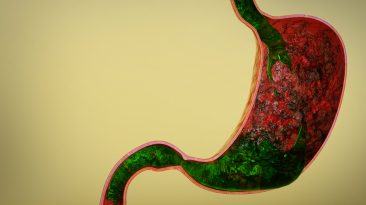

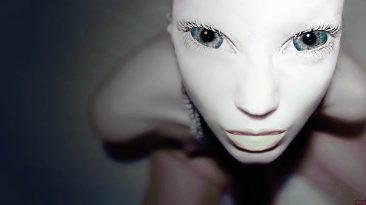
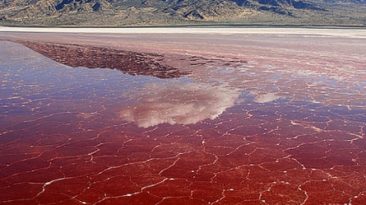

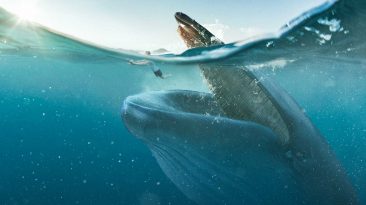
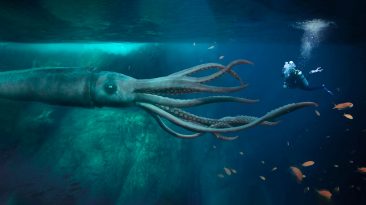
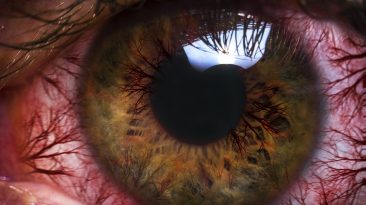
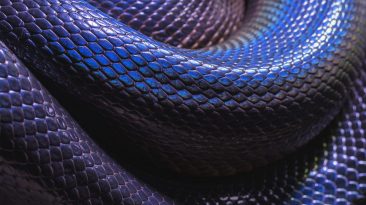
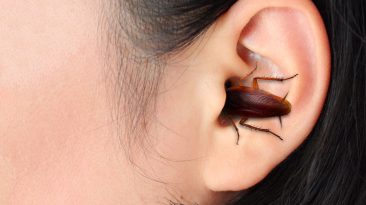



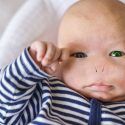


Hey What If, can I ask you something?